|
So, you want to geocache, but you don't really know what that means? Here's the answer and a couple more Geocaching videos. Happy hunting!
Some Cool Geocaches
0 Comments
 As part of "Cooking Month", the Scouts have been learning some cooking skills. At the December 15th meeting, they decided to combine those skills with a bit of service, and make some cookies for the Mansfield Police. They toiled hard in the kitchen, and came up with many dozens of delicious treats., which they promptly delivered to the police station (still warm - yum!) You can find the recipes of the cookies they made below..
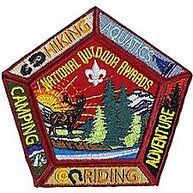 Do you enjoy camping under the stars, rafting a whitewater river, or hitting the trail afoot, on a bike, or even on a horse? Can you pitch a tent, find your way, and bandage an ankle using only materials in your pack? Are you prepared to do any of these in rain, snow, sleet, or heat? If so, the National Outdoor Awards are for you. There is nothing virtual about these awards—you can earn them only by demonstrating knowledge and experience in the outdoors The award consists of five emblem segments positioned around a center emblem. he segments represent five areas of emphasis: Riding, Hiking, Camping, Aquatics, and Adventure. This is no give-away award. It takes some hard work to earn each segment. You could be one of a handful in our council to get it! The good news is that most of you are already on your way to earning segments! It just takes a little extra effort, and you can rock this cool award. Check out the requirements at the Scouting.org website. Are you wearing your uniform properly? Are all those patches in the right place? Where do I put those merit badges that I just earned? Am I allowed to wear my Scout shirt untucked (answer=no)? Is the Scout Handbook part of my uniform?
Those of you who have completed the Kayaking merit badge will fully understand this song and knot. 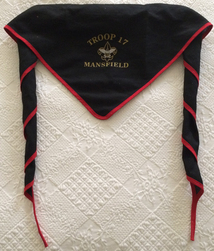 The 1940 edition of the Scout Handbook has a wealth of information. The authors even tried to list all the uses for a Scout neckerchief. They came up with 56 different uses. Can you think of more? Notes: 1. We advise against using #12 and #13 on the "Scouting" side, except in an extreme emergency, nowadays. 2. In case you don't know what a "tump" line is, you just have to use your head. 3. We also advise getting into a boat that requires #7 on the "Scouting" side. 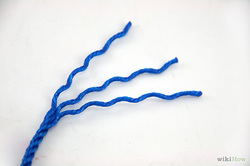 A rope walks into a Starbucks. The barista says, “We don’t serve ropes in here.” The rope walks outside, ties a knot in the middle of his body, brushes out the strands at the bottom and heads back into the bar. The bartista says, “Aren’t you the rope I just threw out of here?” The rope replies, “No, I’m a frayed knot.” Only YOU can help prevent frayed knots! Always whip or fuse your rope to prevent unraveling! Learn the right way to whip a rope by watching the video below. You can also find the same info in your Scout Handbook. Thanks to JD of fusionknots.com for posting this. 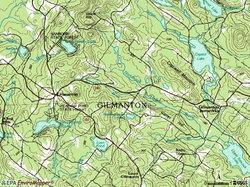 Ever wonder what all those funny symbols are on a map? Can you tell the difference between a footbridge and a train bridge? How about a swamp versus a pond? If you need to learn, or just need a little refresher, The US Geological Service (USGS) has a great guide for you. USGS Topographic Map Symbols  There are 135 merit badges available today (& 133 available last year). Bryan on Scouting, Scouting Magazine's Blog, published a list of merit badges that shows how many were earned in 2013. There are some surprises in there, so be sure to take a look. Do you have any of the most popular or least popular merit badges? Why not help out some of those less popular ones move up a rank or two by earning them? Back in the early days of merit badges, Scouts were required to go in front of a Board of Review to earn a merit badge. The Board of Review, which consisted of Council representatives and subject-matter experts, tested the Scouts on their knowledge of each subject. If they passed the tests, the Scouts earned the merit badge. These Boards of Review were held only 4 times a year, and were held for an entire council. As you can imagine, it was quite an process to get a merit badge back then, and Scouts were rewarded with a really cool looking merit badge card, along with the merit badge patch. The card was "signed" by BSA luminaries, and showed 32 merit badges around its edges. The Swimming merit badge card below belongs to Mr. Gillogly's grandfather, and was issued in 1928. Besides the usual Scoutmaster's signature, and the local Scout Council executive's signature, the merit badge card was signed by:
Honorary President - Calvin Coolidge (President of the United States) Honorary Vice President - William H. Taft (Former President of the United States) Honorary Vice President - Colin H. Livingston (Railroad Executive & first President of the BSA) Honorary Vice President - William G. McAdoo (Former U.S. Secretary of the Treasury) BSA President - Walter W. Head (Banker and Insurance Executive) BSA National Scout Commissioner - Dan Beard ("Uncle Dan" - a founder of the BSA) BSA Chief Scout Executive - James E. West (First Chief Scout Executive of the BSA) The edge of the card showed the 32 merit badges that were available at the time the card was issued in 1928. They were: Archery, Architecture, Art, Astronomy, Athletics, Aviation, Bird Study, Bugling, Camping, Chemistry, Cooking, Cycling, Electricity, First Aid, Forestry, Gardening, Hiking, Horsemanship, Lifesaving, Music, Painting, Photography, Pioneering, Plumbing, Public Health, Radio, Scholarship, Sculpture, Surveying, Swimming, Wood Carving and Woodwork. |
Archives
April 2015
Fun Facts BlogA blog of fun facts on Scouting, Troop 17 and skills. Categories
All
|
||||||||
- Home
- NewsBlog
- Calendar
- Patrols
-
Photos
- Troop 17 at Summer Camp
- Photo Blog
-
Photos 2010-2011
>
- White Water Rafting - May 2010
- Mt Cardigan - June 2010
- International Camping & Bike Trip - Oct 2010
- Webelos Woods - Nov 2010
- Court of Honor - Jan 2011
- Klondike - Jan 2011
- Mt. Cranmore Tubing & Skiing- Feb 2011
- Mt Monadnock - Mar 2011
- Beal Island Kayaking - May 2011
- Great American Cleanup - May 2011
- Troop Scavenger Hunt - May 2011
- Corey Shea Flagpole Dedication- June 2011
- Mt. Cranmore Ski Trip - Feb 2012
- Court of Honor - Mar 2012
- Treasure Valley - April 2012
- Purgatory Chasm - May 2012
- N.E. Air Museum - Nov 2012
- Eagle Scouts
- Fun Facts
- Downloads
- Contact Us
Boy Scouts of America | Troop 17 | Mansfield, Massachusetts

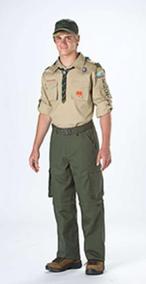
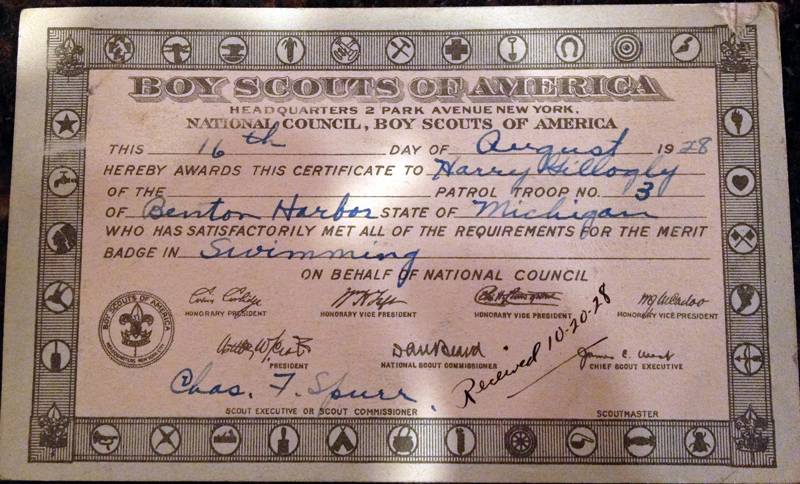
 RSS Feed
RSS Feed